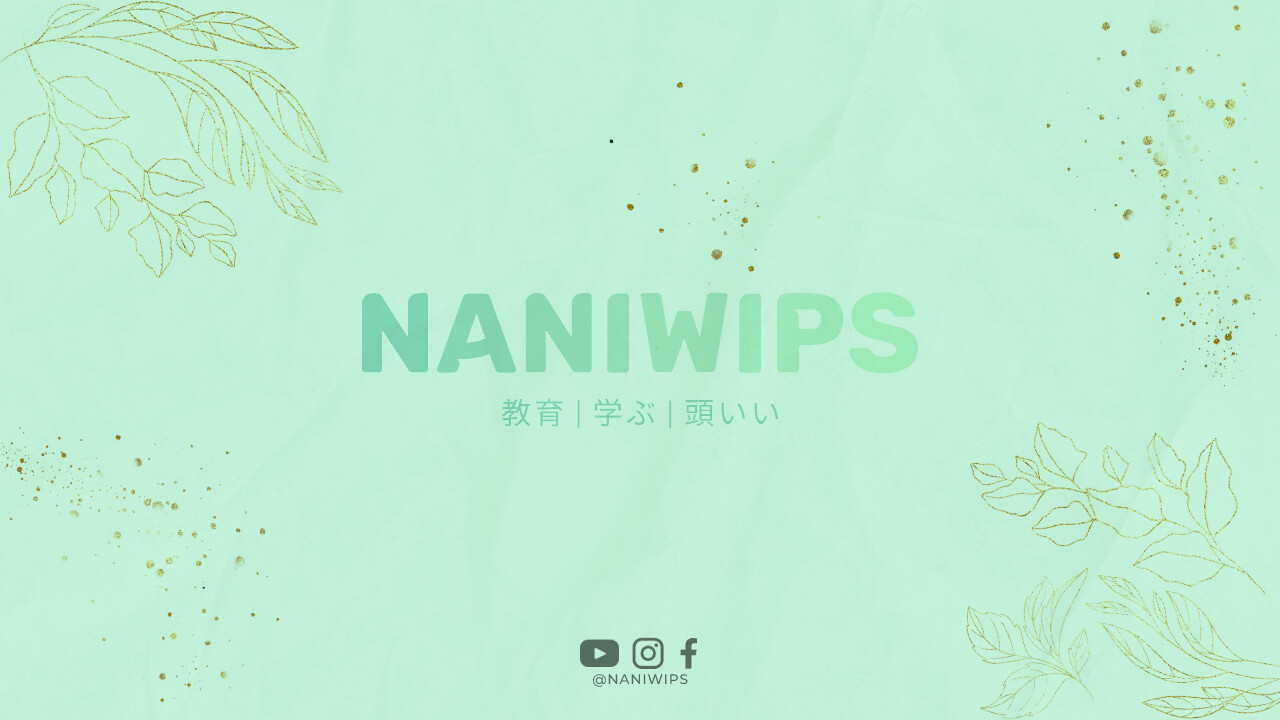小学校 (shogakkou) is the Japanese term for primary school, which is the first stage of education in Japan. The curriculum in Japanese primary schools is designed to provide a solid foundation in key subjects, such as Japanese language, mathematics, science, social studies, music, and physical education. In this article, we will explore the details of the 小学校 カリキュラム (shogakkou kurikyuramu) or primary school curriculum in Japan.
Overview of the Primary School Curriculum in Japan
The primary school curriculum in Japan is based on the guidelines set by the Ministry of Education, Culture, Sports, Science and Technology (MEXT). These guidelines are reviewed and revised regularly to ensure that they are up-to-date and relevant to the changing needs of the society.
The primary school curriculum in Japan is divided into six years, with each year having its own objectives and learning outcomes. The curriculum is designed to promote the holistic development of the child, covering not only academic subjects but also social, emotional, and physical development.
Subjects in the Primary School Curriculum
The primary school curriculum in Japan covers a wide range of subjects, including:
- Japanese language
- Mathematics
- Science
- Social studies
- Music
- Physical education
- Art and craft
- Home economics
- Foreign languages (optional)
The curriculum is designed to provide a balanced education, with equal emphasis on academic and non-academic subjects. The aim is to develop well-rounded individuals who can contribute positively to society.
Japanese Language
Japanese language is the most important subject in the primary school curriculum in Japan. The curriculum aims to develop the students’ proficiency in reading, writing, speaking, and listening skills. The focus is on developing a strong foundation in the Japanese language, which is essential for academic and social success in Japan.
The Japanese language curriculum covers a wide range of topics, including grammar, vocabulary, reading comprehension, and writing skills. The students are also exposed to Japanese literature and culture, which helps them to develop an appreciation for their native language and culture.
Mathematics
Mathematics is another important subject in the primary school curriculum in Japan. The curriculum aims to develop the students’ mathematical thinking, problem-solving skills, and logical reasoning. The focus is on developing a strong foundation in basic arithmetic, geometry, and algebra, which is essential for higher-level mathematics in the future.
The mathematics curriculum covers a wide range of topics, including number sense, measurement, geometry, statistics, and probability. The students are also taught to apply mathematical concepts to real-life situations, which helps them to develop practical skills and problem-solving abilities.
Science
The science curriculum in the primary school aims to develop the students’ understanding of the natural world and the scientific method. The curriculum covers a wide range of topics, including biology, chemistry, physics, and earth science. The students are also taught to conduct experiments and to analyze data, which helps them to develop scientific inquiry skills.
Social Studies
Social studies is another important subject in the primary school curriculum in Japan. The curriculum aims to develop the students’ understanding of the society, culture, and history of Japan and the world. The focus is on developing a sense of civic responsibility and social awareness, which is essential for active citizenship in the future.
The social studies curriculum covers a wide range of topics, including history, geography, economics, and politics. The students are also taught to appreciate cultural diversity and to respect different viewpoints, which helps them to develop a global perspective.
Music
The music curriculum in the primary school aims to develop the students’ appreciation for music and to foster their musical skills. The curriculum covers a wide range of topics, including singing, playing musical instruments, and listening to music. The students are also exposed to different genres of music, which helps them to develop a broad musical taste.
Physical Education
The physical education curriculum in the primary school aims to develop the students’ physical fitness, motor skills, and sportsmanship. The curriculum covers a wide range of sports, including track and field, gymnastics, swimming, and ball games. The students are also taught to appreciate the importance of regular exercise and a healthy lifestyle.
Art and Craft
The art and craft curriculum in the primary school aims to develop the students’ creativity and artistic skills. The curriculum covers a wide range of activities, including drawing, painting, sculpture, and handicrafts. The students are also taught to appreciate different forms of art and to express themselves through art.
Home Economics
The home economics curriculum in the primary school aims to develop the students’ practical skills for daily living. The curriculum covers a wide range of topics, including cooking, cleaning, and sewing. The students are also taught to appreciate the importance of family values and to develop a sense of responsibility for their own well-being.
Foreign Languages
Foreign languages are optional subjects in the primary school curriculum in Japan. The aim is to expose the students to different languages and cultures, which helps them to develop a global perspective. The students can choose to study English, Chinese, Korean, or other foreign languages depending on the school’s offerings.
Assessment in the Primary School Curriculum
The assessment in the primary school curriculum in Japan is based on the students’ performance in the classroom and on standardized tests. The aim is to provide feedback to the students and to monitor their progress in achieving the learning outcomes. The assessment is also used to identify the students who need extra support or enrichment.
Conclusion
The primary school curriculum in Japan is designed to provide a balanced education that promotes the holistic development of the child. The curriculum covers a wide range of subjects, including Japanese language, mathematics, science, social studies, music, physical education, art and craft, home economics, and foreign languages. The aim is to develop well-rounded individuals who can contribute positively to society. The assessment in the primary school curriculum is based on the students’ performance in the classroom and on standardized tests, which helps to monitor their progress and identify their needs.



